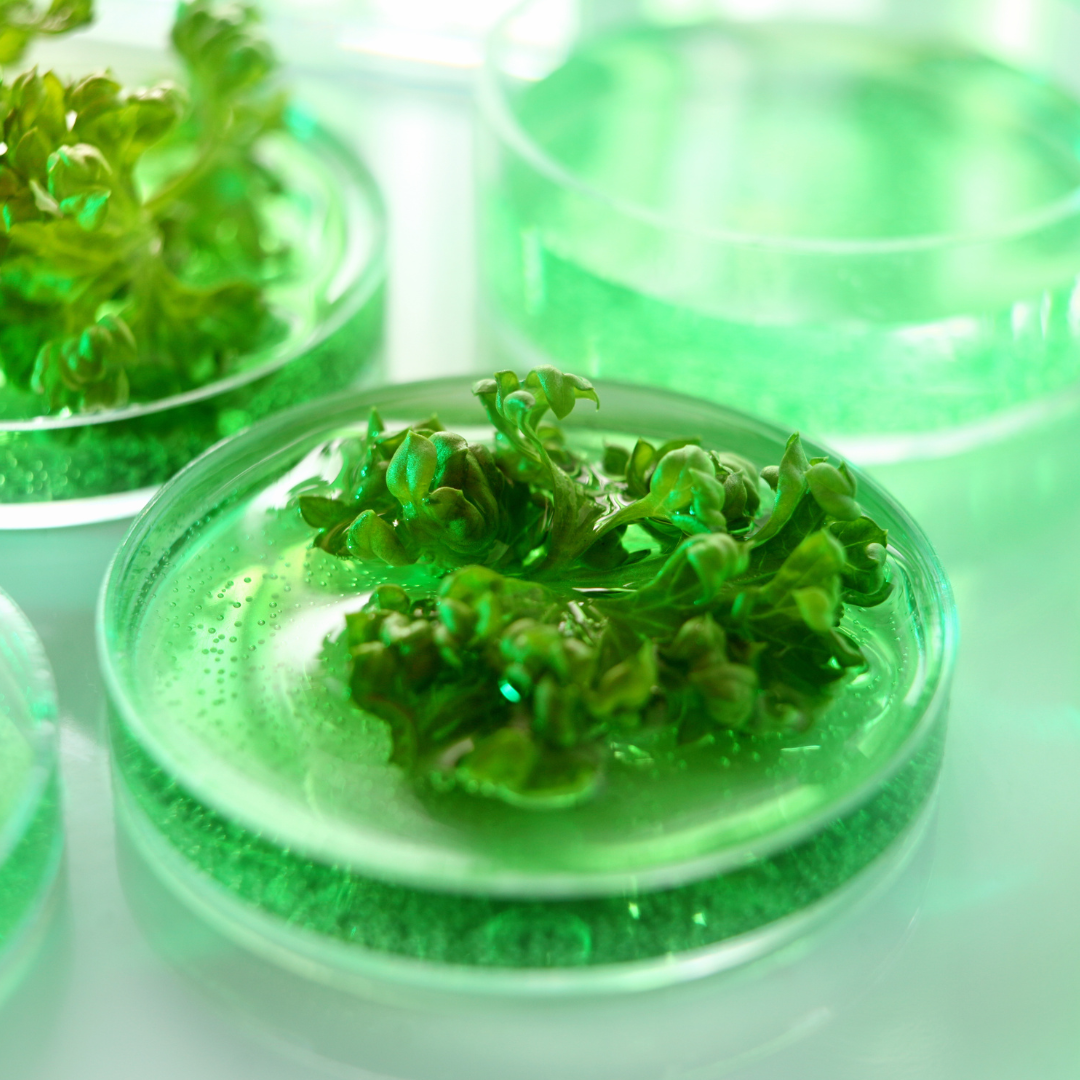Brown Forest. Black Forest. Light Forest?


Brown Forest. Black Forest. Light Forest?
You’re exploring the woods on a hike when dusk is falling, and it gets too dark to see the path. You check your phone, and it’s out of charge- which means no phone flashlight. Fortunately, you don’t need to despair. Specially engineered nanoparticles have been embedded into the bark of trees along the path, gently lighting your way home.
It sounds bizarre, but thanks to researchers at the Massachusetts Institute of Technology (MIT), it isn’t impossible. Professor Michael Strano, postdoc Seon-Yeong Kwak, and their team of chemical engineers induced a watercress plant to emit light for about 4 hours in a hallmark study published in 2017. Their work continues as they dream of broader implications of these nanobionic plants.
According to the Strano Research Group’s website, the plants glow because “chemically interacting nanoparticles that are injected into the plant, diffuse to  specific cells and organelles, and transform the plant’s stored chemical energy into light emission.” Ultimately, said Strano in a 2017 article for MIT News, the goal is to create a plant that powers itself to glow using its own metabolism. It could be a desk lamp. Imagine a world where some trees lit up naturally at night, as streetlamps. Global energy consumption is only increasing, and this might be one epic solution. 🕯
specific cells and organelles, and transform the plant’s stored chemical energy into light emission.” Ultimately, said Strano in a 2017 article for MIT News, the goal is to create a plant that powers itself to glow using its own metabolism. It could be a desk lamp. Imagine a world where some trees lit up naturally at night, as streetlamps. Global energy consumption is only increasing, and this might be one epic solution. 🕯








